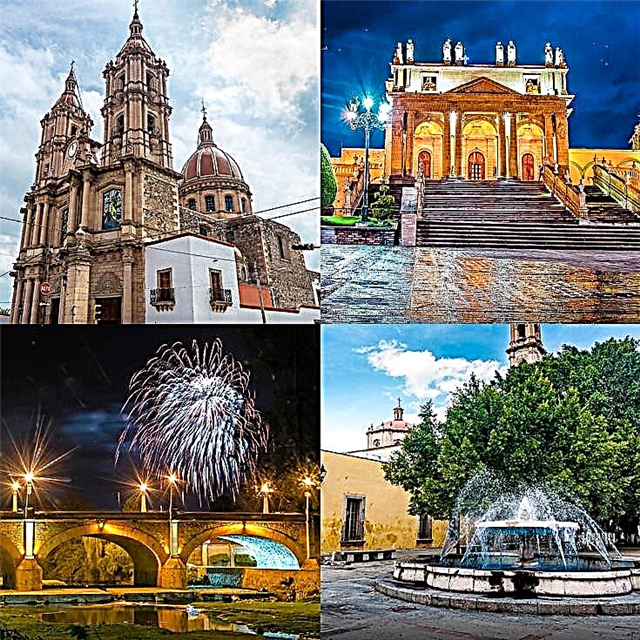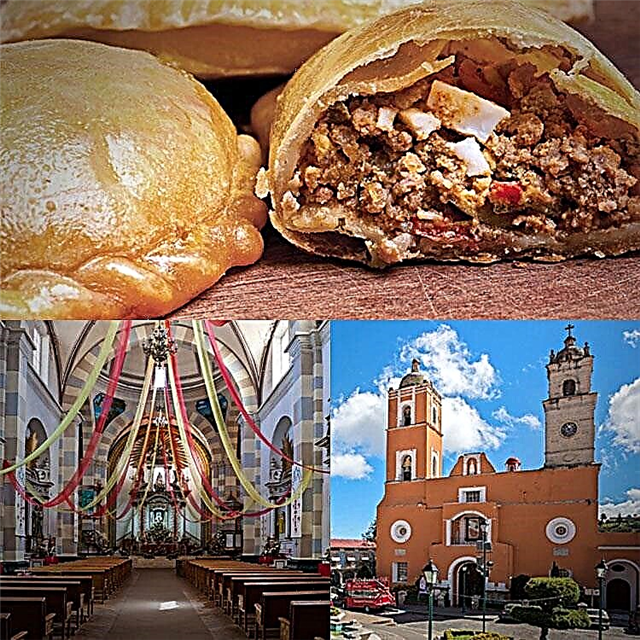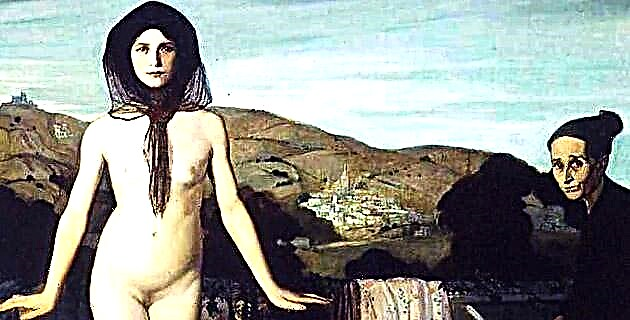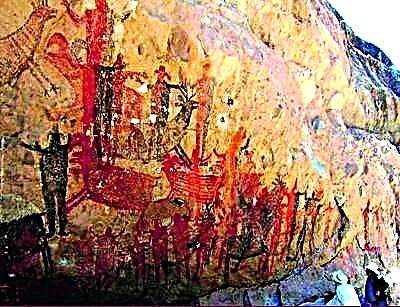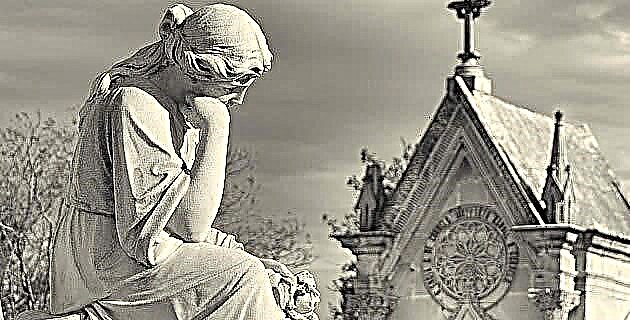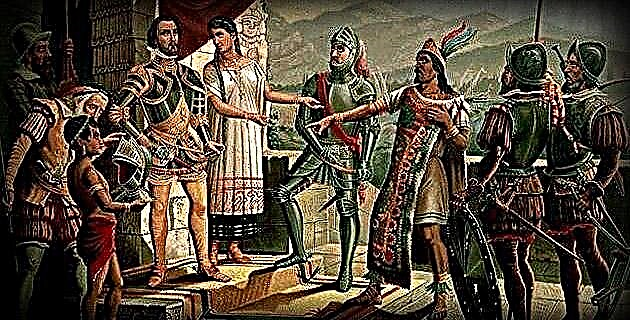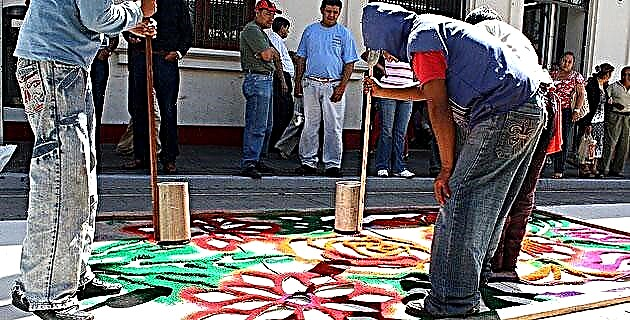
Traditional ritual art is in itself an offering that imposes its tone on all the spaces where the ceremony and rite take place; one part is ephemeral, laborious, and is destroyed to honor; the other is ceremonial crafts, blessed objects of special elaboration.
In most of the center and the south of the country, on the atrium grating and the great entrance arch to the church, huge wooden "suchiles" covered with different materials are placed. The arcades of natural flowers stand out (hence the name suchil, from the Nahuatl Xochitl), which can now be made of paper or plastic and those of colored seeds. Suddenly the arcades extend to the floor to become the most elaborate carpets of flowers, sawdust and seeds (the xochipetatl) that the Virgin destroys in her last procession through the atrium and the street.
The corn
The corn itself is turned into an ornament and offering in many ways. For the blessing of the seeds, the rain request ceremonies and the harvest appreciation celebrations, bundles are made of the ears in the four sacred colors: yellow, white, red and black; Toasted, in "popcorn", it is mounted on banners combined with paper in the form of glows, which reminds us of Sahagún's references to the sartales and garlands called momochtll, which were offered in the second month of Tlacaxipehualiztli, and which still today They are held in San Felipe del Progreso, State of Mexico, on the third Wednesday in January.
Applying a pre-Hispanic technique of elaboration, in Pátzcuaro it is still possible to obtain Christs made of maize cane paste, material with which the images of the Virgin of Talpa and of Our Lady of the Lakes, in Jalisco, are made, and that, as you've seen, they're almost 400 years old.
Candles and tapers, from the simplest of bait or paraffin, through those that are decorated in a spiral with strips of metallic paper, to the so-called "scaled" that are a true filigree, are carried in the hand or placed inside a clay candlesticks of special make; Also incense made of the same material, to burn the copal, are ritual objects that become more important during the All Saints and Faithful Dead festival.
Prehispanic era
In pre-Hispanic times, copal and paper were considered sacred and food for the gods among the Mexica, the Mayans and the Mixtecs. There was no party in which ritual use was not made of them. The best known papers were the one made from the bark of the amate tree and the maguey fiber to which Sahagún makes extensive references in the attire of the gods, the priests, the sacrifices and in the offerings.
A party without rockets, pyrotechnic castles or toritos de petates that throw lights would be incomplete. Although gunpowder arrived with the Spanish, it was immediately incorporated as a ritual element of the festivities, since it is considered that the sound draws the attention of the protective saints. Only certain towns or a single family were trained in its use, given its high danger. Tultepec stands out in the State of Mexico and Xaltocan, in Hidalgo.
To adorn is to offer, no matter that several months of work culminate in the destruction or consumption of an ephemeral ritual art. The beauty and aesthetics of ancient and current Mexico survives in the great respect that is kept for nature and the conviction that man has to request and be grateful for the fruits of the earth through his work.

